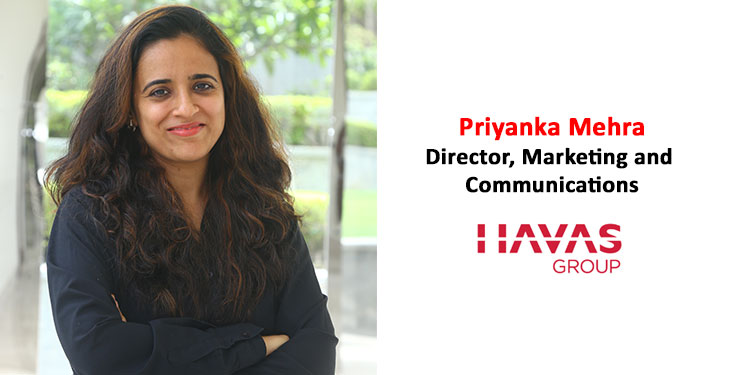“The first problem for all of us, men and women, is not to learn, but to unlearn”- Gloria Steinem
While there has been a considerable conversation over the years surrounding the subject of equal opportunities for women particularly in the workforce, a line shared by a visiting speaker at our internal forum for building and encouraging women leadership has stayed with me since: “Women need equitable opportunities, not equal opportunities.”
The Merriam-Webster dictionary defines equitable as “dealing fairly and equally with all concerned,” and equal as “of the same measure, quantity, amount, or number as another.” However, much like systemic and systematic, the two words (and their derivatives) can’t be used interchangeably.
And here, the term can’t be used interchangeably was the biggest takeaway, it may seem minor, but it is a revelation of sorts if only you allow yourself to delve deeper and unravel the layers and impact each layer could possibly have.
But alas, we do use these two terms interchangeably, albeit unconsciously; in a world where women most certainly do not have equal opportunities, as compared to men, we scream ourselves hoarse asking and waging a war to get equal opportunities.
Gender equity means fairness of treatment for women and men, according to their respective needs rather than being used as a blanket term. Hence this may include equal treatment or treatment that is different, but that which is considered equivalent in terms of rights, benefits, and opportunities, irrespective of gender.
Essentially, what it means is to first ‘level’ the playing field for both men and women, and then give equal opportunities to both, then let the best man or woman win.
When diversity is good not only for perception but for the bottom-line as well ….
There is of course absolutely no dearth of proof, or reports and research pieces that show diversity and inclusion are not only good and ‘must haves’ for companies to be seen as just and well-rounded, achieve increased employee retention (research shows an increase of up to 5.4 times higher employee retention) but guess what? It is also beneficial for the bottom-line.
A much-talked-about Goldman Sachs Report states that companies with more women onboard perform better. This could be due to various reasons, including a diverse board bringing in diversity and richness of varied opinions on not only business metrics but other equally important factors such as sustainability, environment-friendly policies, etc, which could only benefit from opinions of both genders.
It may not only be corporate governance here but reflecting on the past year, women leaders have proven time and again that they are on par, if not better, than their male counterparts – New Zealand’s PM Jacinda Ardern is one shining example, Kamala Harris’ rise to the first female Vice President of the United Nations remains inspirational to millions of girls and women of all ages to defy gender stereotypes.
Not a black and white paintbrush but a grey canvas ……
While it may take years to make up for the gender gap, I strongly believe all is not lost, and it is unfair to paint the world with a biased black and white gender brush. Having been fortunate to have worked with female and male bosses, and colleagues who give equal opportunities to teams irrespective of gender, and also observed and interacted with organizations and leaders who are working towards making a change, I feel our own experiences are also shaped by the leader/individual we work with, their perspectives, both conscious and unconscious personal and professional biases they carry with them.
Today, jobs that require long hours sometimes into the night – editing videos, films/ script work does not necessarily alienate women, yes this is a hiring bias some of us are guilty of having. The long hours may or may not be conducive to balancing or juggling families. But I can proudly say know some numerous women who have made documentaries, films, ads, won at film festivals, yes these are women who are married and have raised or are still raising children.
After all, the consumer is Queen now; let’s celebrate her
As women slowly but steadily grow in their purchasing power, the largest corporate giants are taking notice and adding more women leaders to the diverse decision-making mix and on their boards to help understand their target consumer better and have a healthier organizational culture and dynamic.
An increase in purchase power also means “she” is more important to you, now more than ever.
The 2013 Companies Act that made it mandatory for companies in India above a certain threshold to have at least one woman board member, has helped increase numbers but we have a long way to go. A recent research study found that globally women are slightly more likely to hold multiple board seats than men. It implies that there are a smaller number of women at board levels, coming back full circle to why an Equitable and not Equal lens will help us turn the tide.
This article is authored by Priyanka Mehra Director, Marketing and Communications, Havas Group India.
















